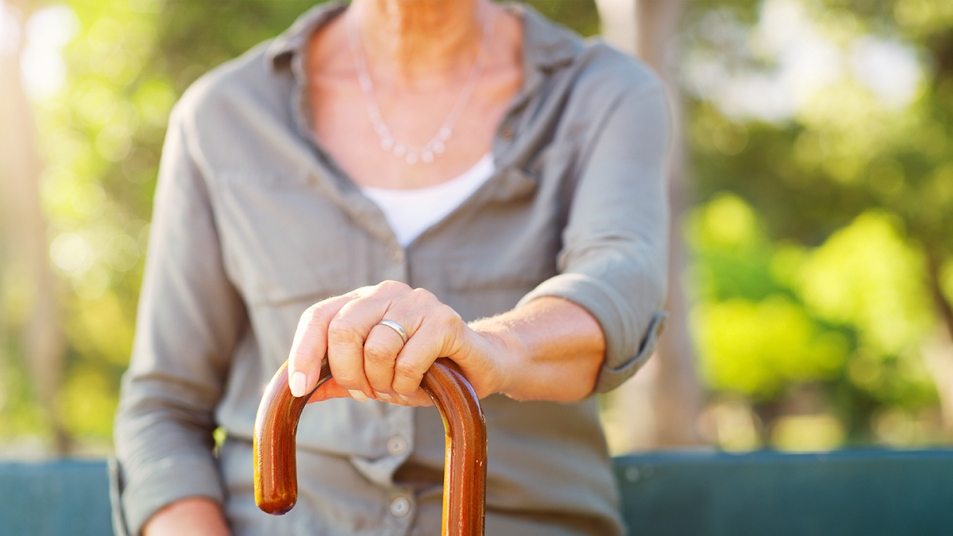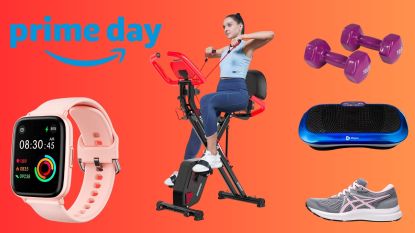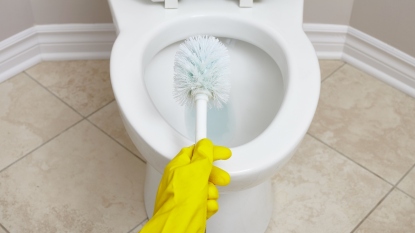Physical Therapist: Reclaim Your Freedom of Movement With The Right Cane For You
Using the right size and style of cane for your body type can significantly reduce your risk of falling

We all need a little help getting from place to place sometimes. For women who wish to stay active but need a little extra support, a cane, or a walking stick, is often the simplest and most effective solution. These assistive devices make it a bit easier to be more active and move around. They can even take the hassle out of everyday activities like getting dressed and climbing up and down the stairs.
“Canes allow people with mobility or balance issues support while walking,” says physical therapist Theresa Marko, PT, DPT, MS, spokesperson for the American Physical Therapy Association and a board-certified clinical specialist in orthopaedic physical therapy. They can also help redistribute weight from a weak or painful leg, knee or foot and they help improve balance and stability by increasing traction.
“A cane takes weight off of one leg while walking, providing support and a greater ability to walk if one lower extremity of the body is feeling pain, or after an injury or surgery,” explains Marko, adding that canes are also used by people who need balance assistance while walking to reduce the risk of falls.
But there’s a lot to know before you invest in a walking cane. Read on for the important info!
How do you know if you need a cane?
If you think you need a cane, you aren’t alone! Walking canes are becoming increasingly common. Indeed, according to an analysis of data from the National Health and Aging Trends Study (NHATS) published in the Journal of the American Geriatrics Society, the number of older people who use walking aids like canes increased by 50% in a recent 10-year period. The reason for the increase isn’t clear, but the researchers speculate that it may be due to factors such as canes being more widely accepted by older people or people living longer and thus having great need for canes and other assistive devices.
“You don’t have to use a cane 24/7, but if you’re going to be moving and there’s a risk of you falling, or pain getting worse, then definitely use a cane,” says Juan J. Maya, MD, a rheumatologist at Rheumatology Center of Palm Beach and medical advisor to CreakyJoints. He explains that some people will need a cane only for specific circumstances or at certain times of the day. For example, he says, if you have an arthritic condition, you may need to use the cane when arthritis symptoms flare up, but not at other times.
Using a cane may help older people move more comfortably and safely and, in some cases, may make it easier to continue living independently.
How to choose the right walking cane
You can expect to spend $15 to $40 for a basic cane at a drugstore, and custom canes start at around $50. Before you shell out that money you want to make sure you’re buying the right cane for you. And there are several things to consider while you look for a cane, says Dr. Maya. Factors such as weight, prior use of a cane, other health conditions and more play a role, though many people find that trial and error is the best way to discover the perfect cane for them. Here, a bit of guidance:
If you’ve never used a cane before:
Opt for an adjustable cane. These walking canes typically have a button that makes it easy to make the cane taller or shorter, depending on your height and comfort level. If you’re new to using canes and aren’t sure about the right height, an adjustable cane may be a better option than a fixed, or nonadjustable, cane, as it gives you freedom to experiment.
If you get around pretty well:
Look for a portable, collapsible cane. These are good for mobile, on-the-go people who want to carry the assistive device to have on hand and use as needed. One caveat from Dr. Maya: Many collapsible canes cannot support as much body weight as noncollapsible canes, so be sure to look into weight limits for these canes.
If you need extra stability:
Look into a tripod or quad cane. These extra-sturdy canes, with 3 legs (tripod) or 4 legs (quad) are great if you’re looking for an easy-to-grab option or if you can’t easily keep bending to pick it up (both can stand on their own). They’re also useful if you have upper body weakness or other constraints.
If you’re overweight:
Consider a bariatric or heavy-duty cane. These are designed to help people who weigh more than 300 pounds, have a large body frame or are limited in mobility. These canes often have a quad base and are typically made of heavy, durable material.
How to tell if a cane is the right size for you
It’s important to make sure your cane is the right height for you, as the wrong size may cause pain in the lower back and the neck, Marko notes. Dr. Maya offers this advice: If you’re standing with your arm resting or hanging loose on the side, the upper edge of the cane should be aligned with your wrist.
What style of cane handle is best?
No matter what style you choose, consider the handle style, which can help you customize a cane for your needs. Popular varies include Derby and Fritz handles, both of which are the traditional slightly curved style that fits easily in your hand, the easy-to-grip T-shape handle, a palm-grip handle, which offers a larger grip and an off-set (or ergonomic) handle, which makes it easier to bear weight and often has a padded grip.
How exactly do you use a cane?
To use a cane, place it on the side of your good leg, says Dr. Maya. Stairs can be tricky, especially when you’re first familiarizing yourself with a cane, says Marko. To make it easier to climb stairs, place the cane on the step you are moving from — not on the step above you. As you lift your body up, the cane is below you, giving you something to push off of as you propel upward. When you come down the stairs, Marko says, put the cane on the step below you, so you have something to lean down into as you lower your weight.
If you need help getting used to your cane, consider seeing a physical therapist or another another healthcare provider. Most people can get comfortable with a cane in one physical therapy session, says Dr. Maya. Marko says, “There is direct access in all 50 states, meaning you do not need a prescription from a physician to see a physical therapist.”
Watch this video from physical therapist AskDrJo to see a tutorial:
This content is not a substitute for professional medical advice or diagnosis. Always consult your physician before pursuing any treatment plan.








